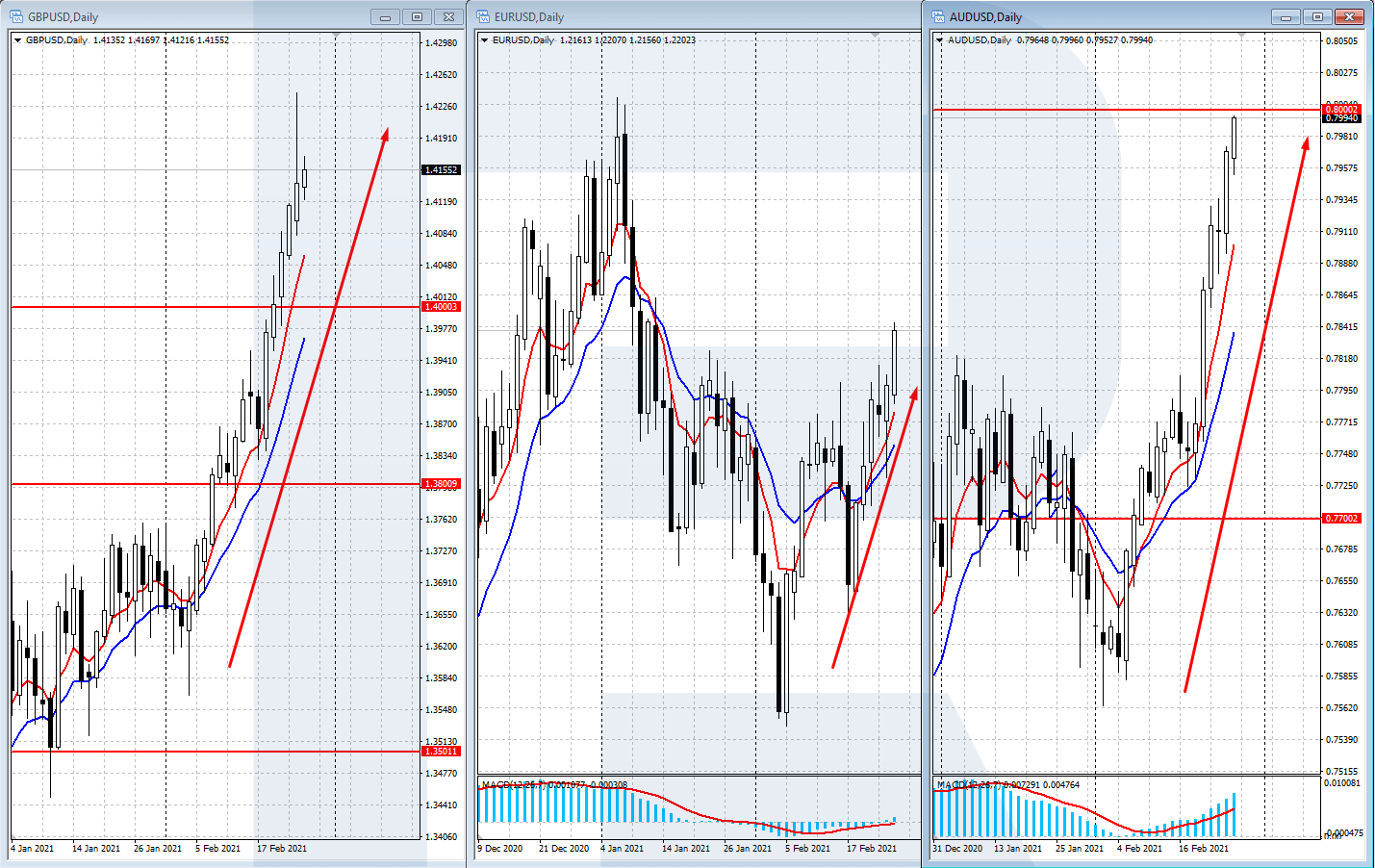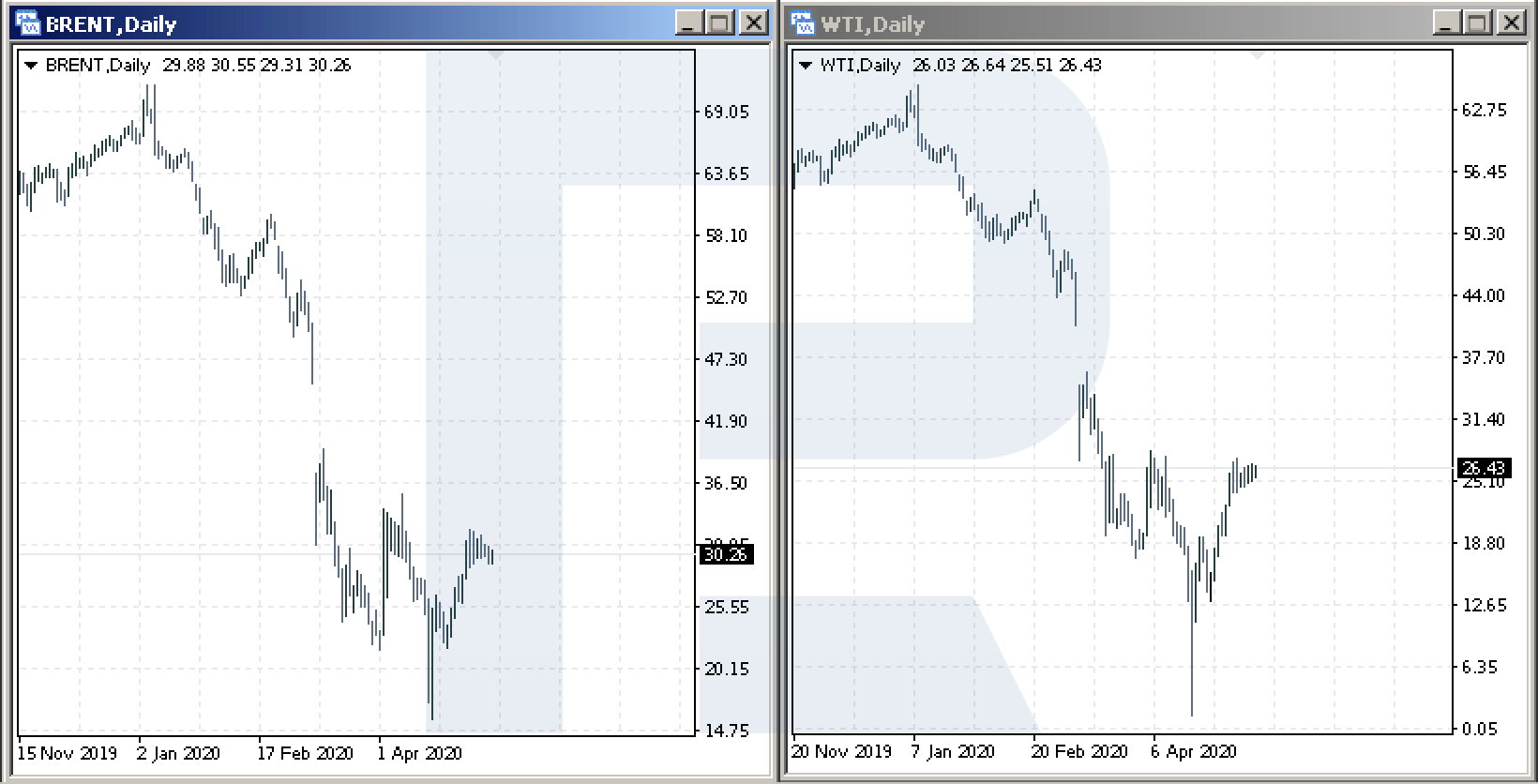Vlad RF
RoboForex Representative
- Messages
- 487
RoboForex: upcoming changes to the trading schedule in view of the Juneteenth holiday

Dear Clients and Partners,
We are informing you of the upcoming changes to the trading schedule due to the Juneteenth holiday in the US.
This schedule is for informational purposes only and may be subject to further change.
MetaTrader 4 / MetaTrader 5 platforms
Schedule for trading on CFDs on the US indices (US30Cash, US500Cash, USTECHCash) and the Japanese index JP225Cash
Schedule for trading on US Stocks and ETFs
Schedule for trading on Metals (XAUUSD, XAGUSD)
* This schedule is for informational purposes only and may be subject to further change.
Sincerely,
The RoboForex team

Dear Clients and Partners,
We are informing you of the upcoming changes to the trading schedule due to the Juneteenth holiday in the US.
This schedule is for informational purposes only and may be subject to further change.
MetaTrader 4 / MetaTrader 5 platforms
Schedule for trading on CFDs on the US indices (US30Cash, US500Cash, USTECHCash) and the Japanese index JP225Cash
- 19 June 2023 – trading stops at 7:40 PM server time
- 20 June 2023 – trading as usual
- 19 June 2023 – trading stops at 7:40 PM server time
- 20 June 2023 – trading as usual
- 19 June 2023 – no trading
- 20 June 2023 – trading as usual
Schedule for trading on US Stocks and ETFs
- 19 June 2023 – no trading
- 20 June 2023 – trading as usual
- 19 June 2023 – no trading
- 20 June 2023 – trading as usual
- 19 June 2023 – trading stops at 7:40 PM server time
- 20 June 2023 – trading as usual
- 19 June 2023 – trading stops at 7:40 PM server time
- 20 June 2023 – trading as usual
Schedule for trading on Metals (XAUUSD, XAGUSD)
- 19 June 2023 – trading stops at 7:40 PM server time
- 20 June 2023 – trading as usual
* This schedule is for informational purposes only and may be subject to further change.
Sincerely,
The RoboForex team















